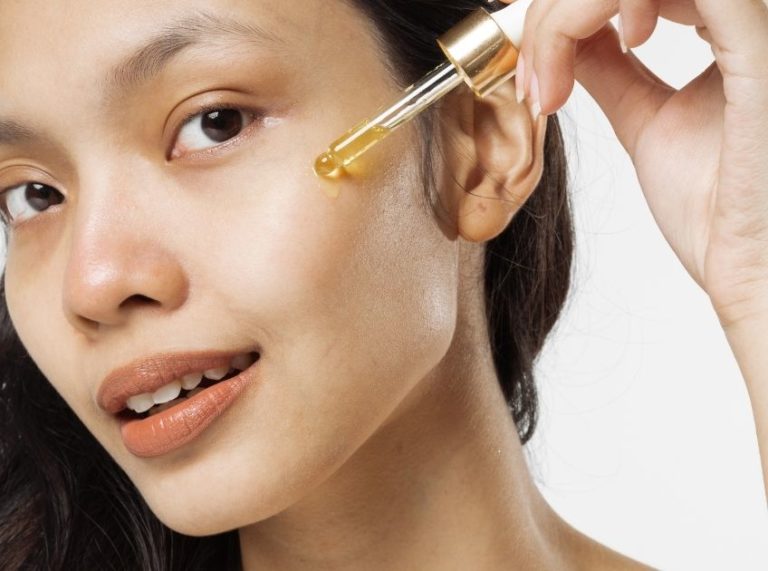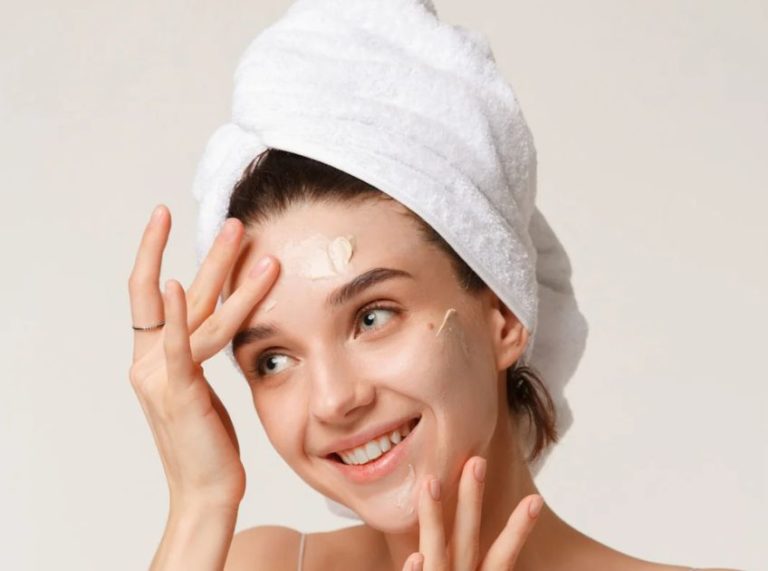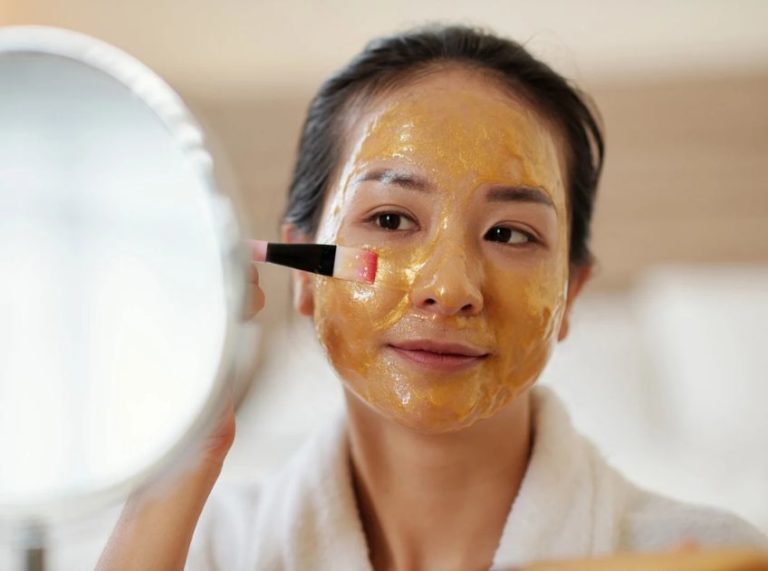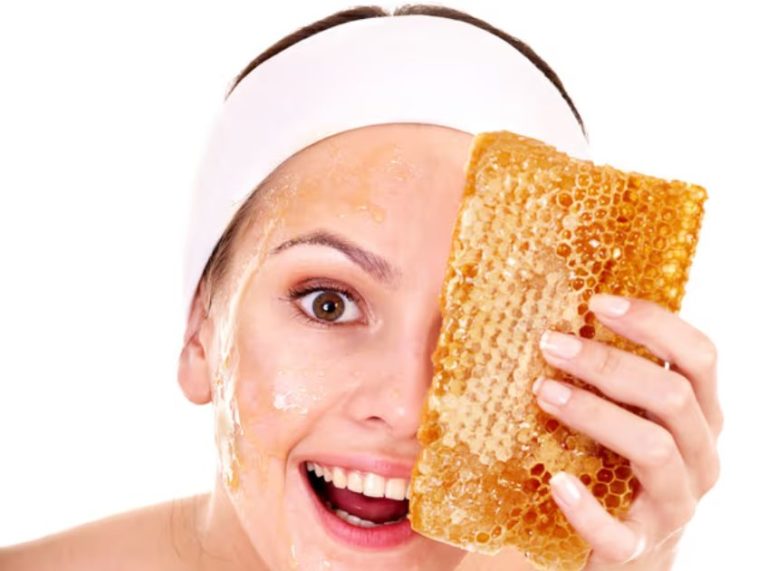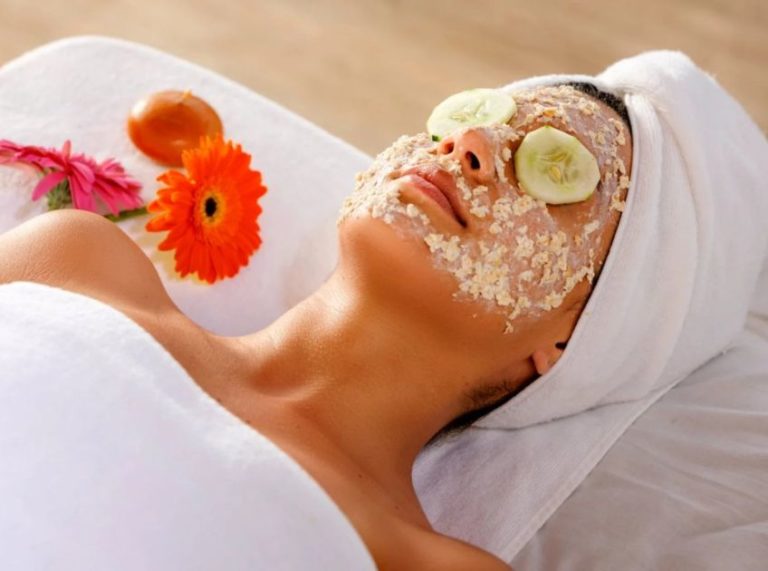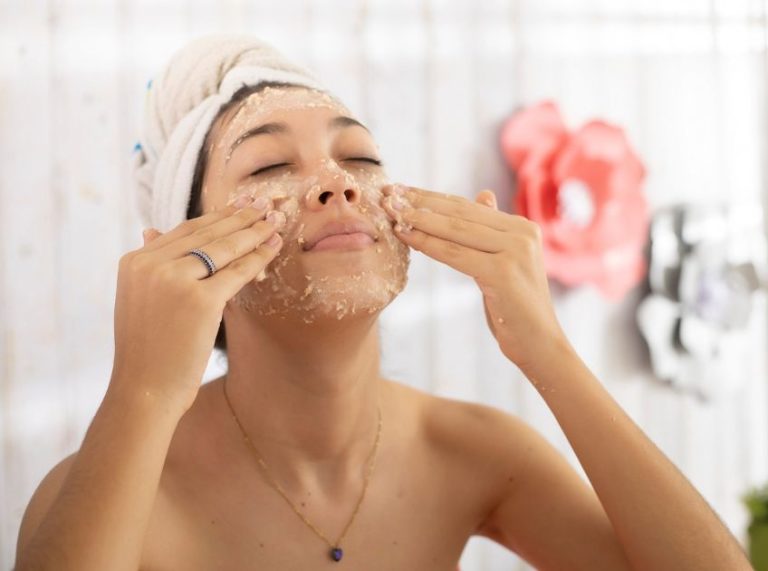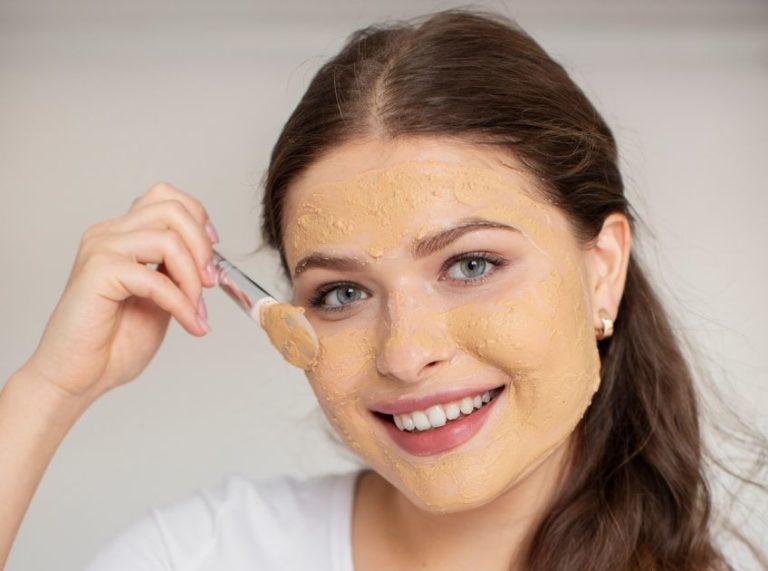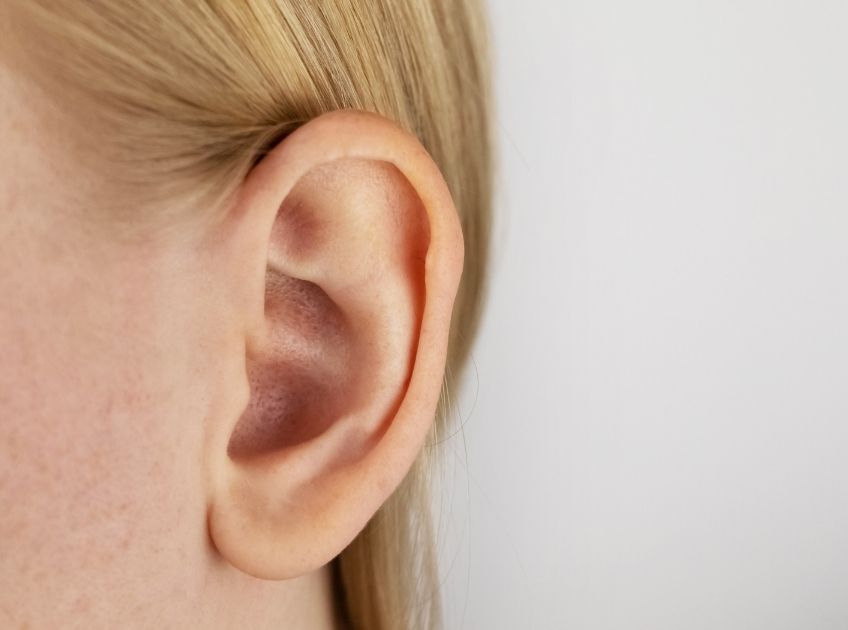
Important: This article is for informational purposes only. Please read our full disclaimer for more details.
When most people think of blackheads, they picture them on the nose or chin — but yes, they can show up in your ears too. These tiny dark bumps form when pores become clogged with oil, dead skin cells, and dirt, and then oxidize upon exposure to air. The ear area, including the outer ear and behind the ears, has active sebaceous glands that produce sebum (oil), making it prone to clogged pores — especially if hygiene or cleaning habits are inconsistent.
While ear blackheads may not be as visible as facial ones, they can be uncomfortable and even painful if ignored. The good news? With the right techniques and preventive care, you can safely remove and prevent blackheads in your ears.
What Causes Blackheads in the Ears?
Ear blackheads form for the same reasons as those on your face — blocked pores. However, the ear’s unique shape and environment make it a little trickier to manage. Here are the most common causes:
- Excess oil Production: Overactive sebaceous glands produce too much oil, which mixes with dirt and dead skin.
- Poor Cleaning Habits: Not washing the outer ear properly allows oil buildup and bacteria to accumulate.
- Use of Earphones or Earbuds: Regular use traps heat, moisture, and bacteria, increasing the chance of clogged pores.
- Hair Products or Cosmetics: Hair sprays, gels, and oils can transfer residue into the ear area, contributing to buildup.
- Hormonal Changes: Fluctuating hormones, especially in teens and young adults, can increase oil production.
According to dermatologists, blackheads are a type of open comedone — meaning the clogged pore remains open, allowing oxidation to darken its surface (1).
Step-by-Step: How to Treat Blackheads in the Ears
Clearing blackheads in the ears requires a mix of cleansing, exfoliation, and in some cases, medical treatment. Here’s how to do it the right way — without damaging your sensitive ear skin.
1. Cleanse Gently: Start with a Fresh Canvas
Begin by washing your ears daily with warm water and a gentle cleanser. Choose a non-comedogenic (non-pore-clogging) product, preferably one that contains salicylic acid — a beta hydroxy acid that penetrates deep into pores to dissolve oil and debris.
Use a soft washcloth or cotton pad, not cotton swabs, which can push impurities deeper. Rinse thoroughly and pat dry.
Science insight: A 2020 review in the Journal of Clinical and Aesthetic Dermatology highlighted that salicylic acid is one of the most effective topical agents for managing blackheads due to its oil-soluble nature (2).
2. Exfoliate Regularly: Clear Out Clogged Pores
Exfoliation helps remove dead skin cells that contribute to pore blockage. Opt for gentle exfoliants rather than harsh scrubs, which can irritate delicate ear skin.
Look for Products Containing:
- Alpha hydroxy acids (AHAs) like glycolic or lactic acid — they help resurface skin.
- Beta hydroxy acids (BHAs) like salicylic acid — they go deeper into pores.
Apply a small amount to a cotton pad and gently wipe the outer ear and behind the ear once or twice a week. Avoid inserting products into the ear canal.
Pro Tip: Regular exfoliation not only removes existing blackheads but also prevents new ones from forming.
3. Use Targeted Treatments: Medicate the Area
Topical treatments with active ingredients can work wonders for stubborn ear blackheads. Over-the-counter options include:
- Salicylic acid: Breaks down oil and dead skin.
- Benzoyl peroxide: Kills acne-causing bacteria.
- Retinoids (like adapalene): Help prevent clogging and speed up skin turnover.
Apply these products with clean hands or a cotton swab, only to the affected outer area. Avoid using them inside the ear canal.
Scientific insight: Studies published in the American Journal of Clinical Dermatology show that topical retinoids are among the most effective treatments for comedonal acne, reducing both blackheads and whiteheads (3).
4. Consider Professional Extraction: Leave Deep Blackheads to the Experts
If blackheads are deep, large, or painful, avoid squeezing them yourself — doing so can lead to infection, scarring, or damage to delicate ear skin.
A dermatologist or licensed aesthetician can safely perform comedone extraction using sterile instruments and proper lighting.
Why it’s better: Professionals can reach difficult angles and ensure that all debris is removed without trauma to the skin.
5. Maintain Ear Hygiene: Don’t Forget to Wash Your Ears
It may sound simple, but keeping your ears clean is key to preventing recurring blackheads. Gently cleanse the outer ear with mild soap daily, especially after workouts or sweating.
If you use earphones regularly, wipe them down with alcohol wipes to remove oil and bacteria buildup.
Avoid: Cotton swabs inside the ear canal — they can push wax and dirt deeper, worsening the issue.
6. Visit Your Dermatologist: When to Seek Help
If blackheads persist or turn into painful bumps, cysts, or acne-like lesions, it’s time to see a dermatologist. Persistent ear acne may indicate:
- Seborrheic dermatitis
- Bacterial infection
- Hormonal imbalance
A dermatologist may prescribe stronger topical treatments, antibiotics, or professional cleanings.
Preventing Blackheads in the Ears: Daily Habits That Help
Prevention is easier than treatment. Adopt these habits to keep your ears clear and smooth:
- Clean earphones and earbuds regularly with alcohol wipes.
- Shampoo and rinse thoroughly to prevent hair product residue buildup.
- Avoid touching your ears frequently, as it transfers oil and bacteria.
- Choose non-comedogenic hair and skincare products.
- Use gentle cleansers daily to remove sweat and dirt.
Research insight: The International Journal of Cosmetic Science emphasizes that consistent cleansing and the use of non-comedogenic formulations significantly reduce blackhead formation across various skin types.
Frequently Asked Questions (FAQ’S)
1. Can I pop ear blackheads myself?
A. It’s best not to. The ear’s skin is delicate, and squeezing can lead to infection or scarring. Instead, use salicylic acid treatments or seek professional extraction.
2. Are ear blackheads common?
A. Yes. Since ears produce sebum just like facial skin, blackheads in this area are quite common, especially in people with oily or acne-prone skin.
3. Can ear blackheads cause ear infections?
A. While blackheads themselves don’t cause infections, improper cleaning or popping them can introduce bacteria, potentially leading to infection or inflammation.
Blackheads in the ears can be annoying, but they’re completely manageable with the right approach. Gentle cleansing, regular exfoliation, and targeted skincare can keep your pores clean and clear.
The key is consistency — maintaining ear hygiene and using the right ingredients. If over-the-counter methods don’t help, don’t hesitate to consult a dermatologist.
Remember: your ears deserve the same skincare attention as your face. Keep them clean, protected, and cared for — and those pesky blackheads won’t stand a chance.
